The digital landscape is becoming increasingly competitive, and businesses need to harness the power of web design to optimize their conversion rates. If you’re looking for ways to boost your online presence and increase the likelihood of converting visitors into customers, you’ve come to the right place. In this comprehensive guide, we’ll delve into the most effective strategies for web design and conversion rate optimization (CRO). So, without further ado, let’s dive right in.

Understanding Conversion Rate Optimization (CRO)
Before we explore the different strategies for optimizing your website’s conversion rate, it’s essential to understand what CRO entails. In a nutshell, CRO is the process of enhancing your website’s performance to increase the percentage of visitors who complete a specific action, such as making a purchase, signing up for a newsletter, or filling out a form.
CRO involves analyzing data, testing, and refining various elements of your website to create a more user-friendly experience that encourages visitors to take action. By focusing on CRO, you can improve the overall user experience, boost engagement, and ultimately drive more conversions.
Why is CRO Important?
CRO is crucial for any online business because it directly impacts the bottom line. A high conversion rate means more business and revenue for you. Moreover, CRO helps in improving the overall user experience on your website by continuously testing and refining different elements. In today’s competitive online market, having a website that converts well is essential for standing out and gaining an edge over competitors.

Key Areas to Focus on for CRO
When it comes to implementing a CRO strategy, there are several areas where you can focus your efforts. However, some areas have a more significant impact on conversions and warrant special attention. These key areas include:
- Landing pages
- Call-to-Action (CTA) buttons
- The checkout process
- Product/Service pages
By concentrating on these areas, you can maximize your website’s conversion potential and drive better results for your online business.
Optimize Your Call-to-Action (CTA)
A well-designed and strategically placed CTA can significantly increase your website’s conversion rate. A CTA is more than just a few words of copy urging visitors to take action; it encompasses the button, its location, and surrounding elements that motivate users to act.
Ensure your CTA is easy to find, visually appealing, and placed in the most effective location on your website. Experiment with different placements, sizes, colors, and designs through A/B testing to determine what works best for your audience.
Use Directional Cues
Directional cues can guide visitors towards your CTA and prompt them to take action. For instance, if your banner features a person, ensure they’re pointing to or directing attention towards the CTA. This can be achieved through their eye direction, posture, or other visual cues. Likewise, use headings and website structure to guide visitors to your CTA.
Limit Choices
One of the most effective ways to improve conversion rates is by simplifying the decision-making process for your visitors. According to Hick’s Law, the more choices you present to users, the longer it takes for them to make a decision. On the internet, time is of the essence.
Design your website with a singular focus and limit the number of options presented to visitors. Your homepage should serve one primary action, with other options relegated to the footer or a secondary menu. By simplifying your site’s navigation and reducing the number of choices, you can help guide your visitors towards taking the desired action.
Test for Colors and Behavior
Colors play a significant role in influencing user behavior and emotions. Different colors can evoke various psychological reactions, impacting how users perceive and interact with your website. When designing your site, carefully consider the colors you use, ensuring they align with your target audience and industry.
Test different color combinations and styles to determine what resonates best with your visitors. Use heat maps, Google Analytics, and other tools to analyze user behavior and optimize your website’s color scheme accordingly.

Keep it Simple
A clean, straightforward, and uncluttered website design can significantly improve user experience and conversion rates. Focus on creating an intuitive and easy-to-navigate layout that prioritizes the most important content and minimizes distractions.
Ensure your content is easy to read, with clear headings and plenty of white space. By prioritizing simplicity, you can create a more user-friendly website that encourages visitors to take action.
Responsiveness is Key
With the increasing use of mobile devices for browsing the internet, having a responsive website design is more critical than ever. A responsive design ensures your website looks and functions well across various devices, such as smartphones, tablets, and desktop computers.
By optimizing your website for mobile usability, you can provide a seamless and enjoyable experience for all visitors, regardless of the device they’re using. In turn, this can lead to higher conversion rates and better overall performance for your online business.
Utilize Social Proof
Social proof is a powerful psychological tool that can help build trust and credibility with your audience, ultimately leading to increased conversions. By showcasing positive experiences and results from others who have used your products or services, you can create a sense of trust and reassurance that encourages visitors to take action.
Incorporate social proof into your website by displaying customer reviews, testimonials, case studies, or even the number of customers, followers, or subscribers you have. Highlighting awards, certifications, and other credentials can also contribute to building trust and credibility with your audience.
Leverage Live Chat
Live chat is an excellent tool for providing real-time support and guidance to your website visitors. By answering questions, addressing concerns, and assisting with the purchasing process, live chat can help improve user experience and increase conversion rates.
In addition to offering customer support, live chat can also be used proactively to engage visitors and encourage them to take action. For example, if a visitor has been browsing a product page for an extended period, you can initiate a conversation through live chat and offer assistance or incentives to make a purchase.
Run A/B Tests on Your Landing Pages
Landing page optimization is critical for driving conversions, and one of the most effective ways to achieve this is through A/B testing. A/B testing involves creating two versions of a landing page with different elements, such as headlines, images, copy, or CTAs, and comparing their performance to determine which one generates more conversions.
By conducting A/B tests on your landing pages, you can make data-driven decisions and refine your website’s design to better resonate with your audience and drive higher conversion rates.
wrapping up Web Design for Conversion Rate Optimization
Web design plays a critical role in conversion rate optimization, and by implementing the strategies outlined in this guide, you can significantly boost your website’s performance and drive better results for your online business. Remember, CRO is an ongoing process that requires continuous testing, measuring, and iterating to achieve optimal results.
By focusing on the key areas mentioned above and employing the various strategies, you can create a more user-friendly and engaging website that encourages visitors to take action. So, don’t wait any longer – start optimizing your website today and unlock your online business’s full potential.

